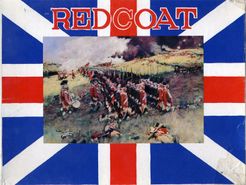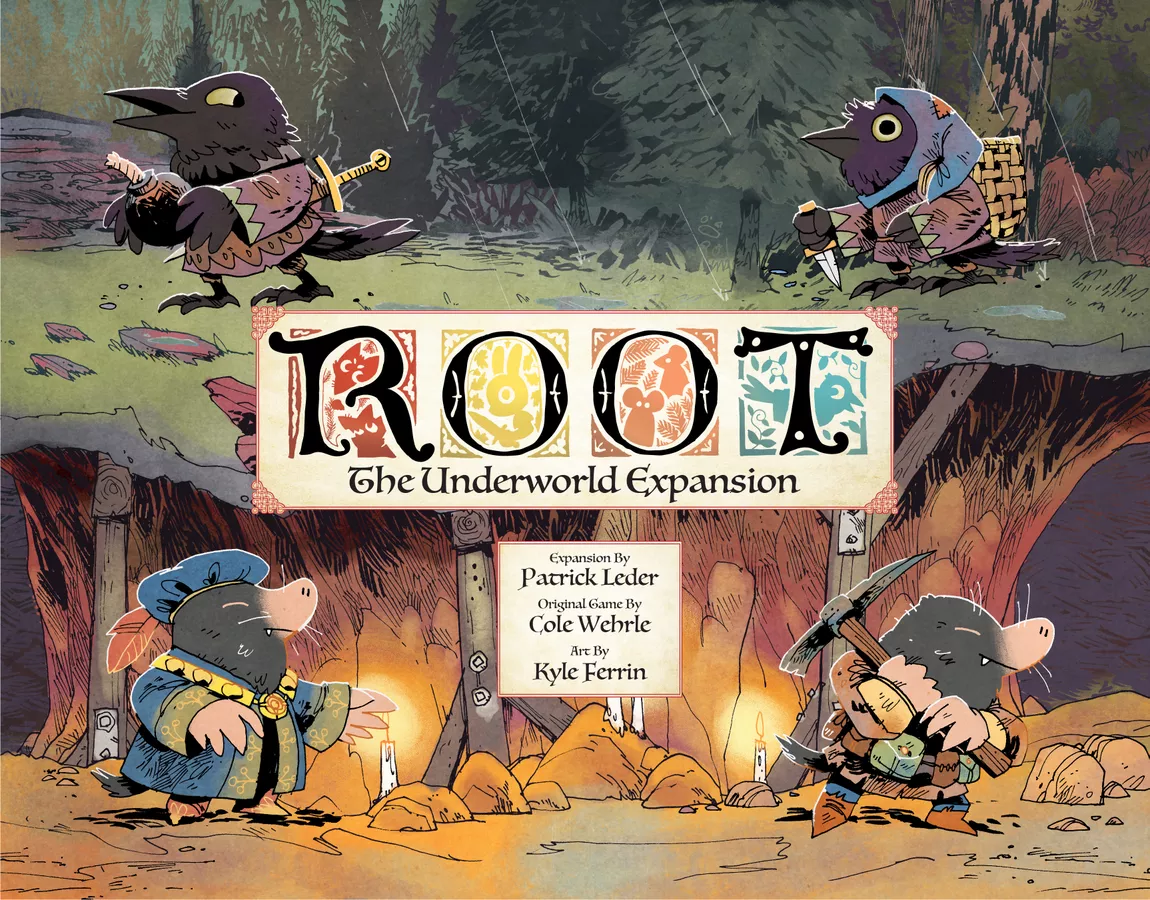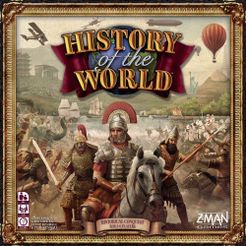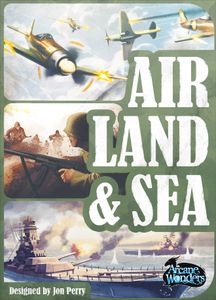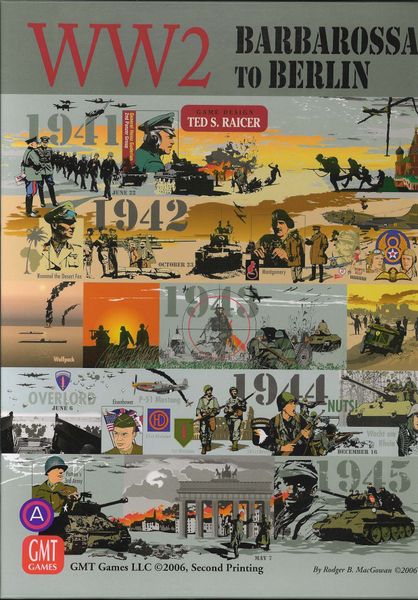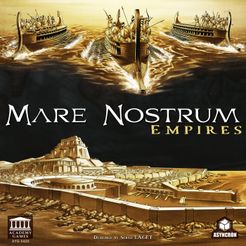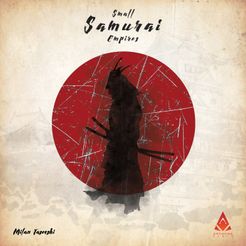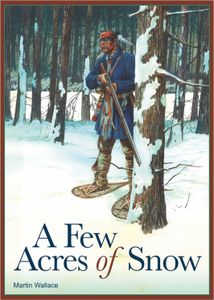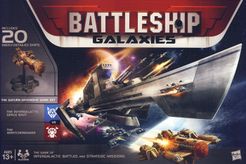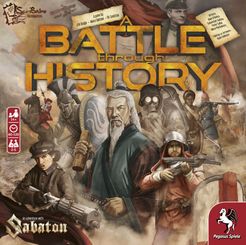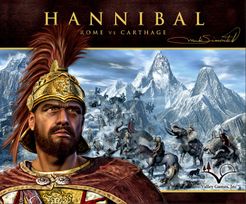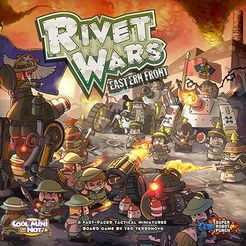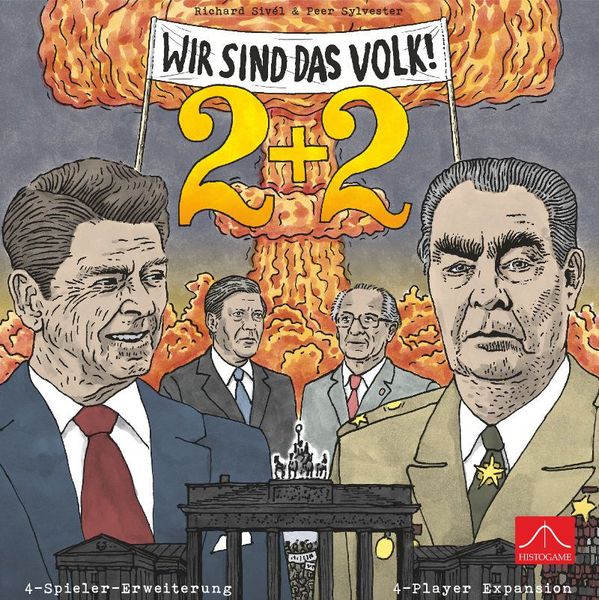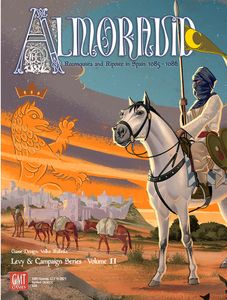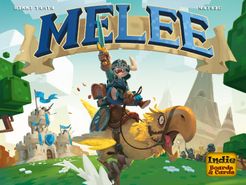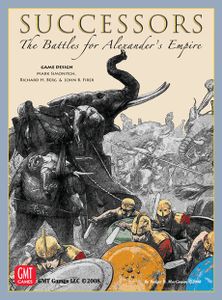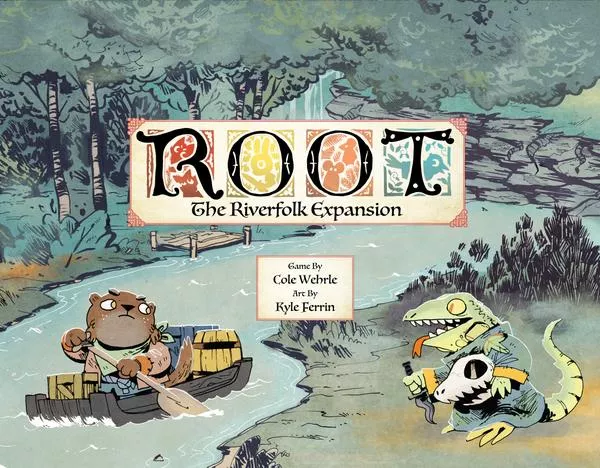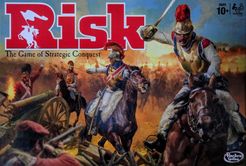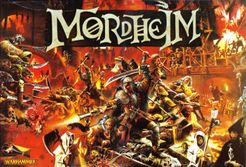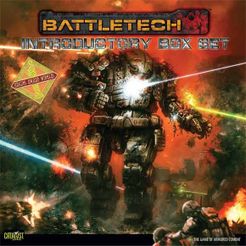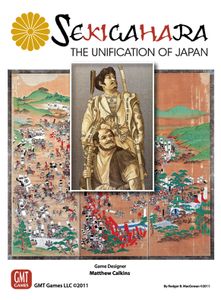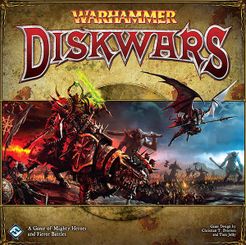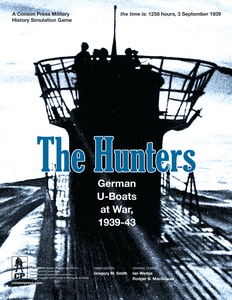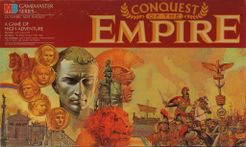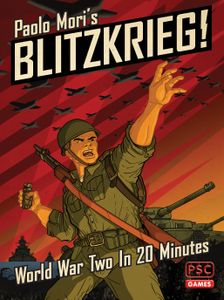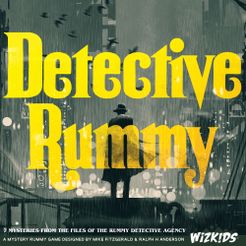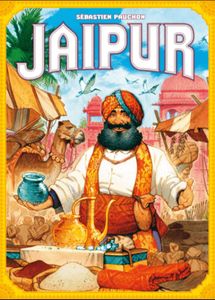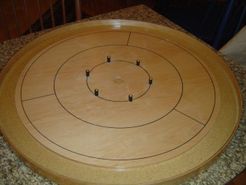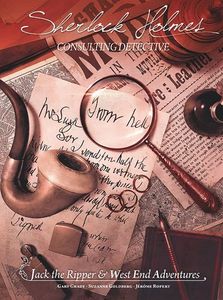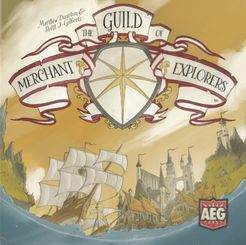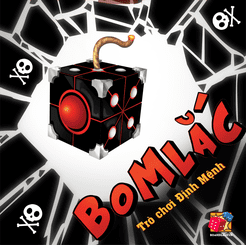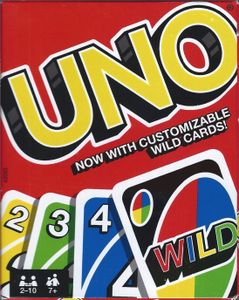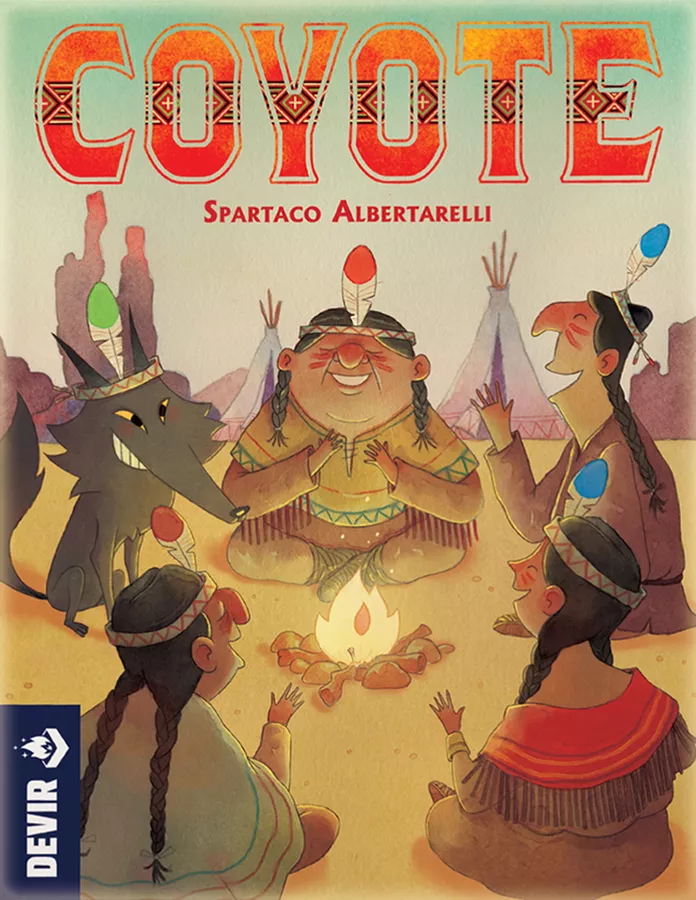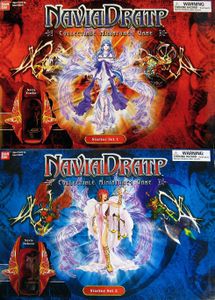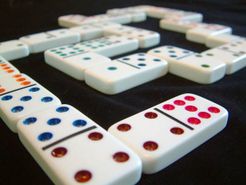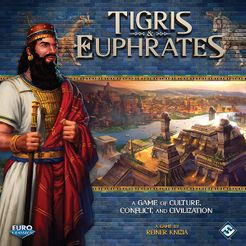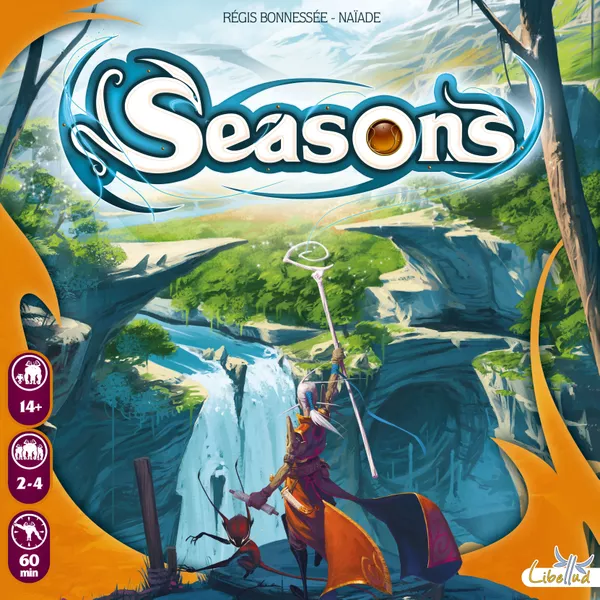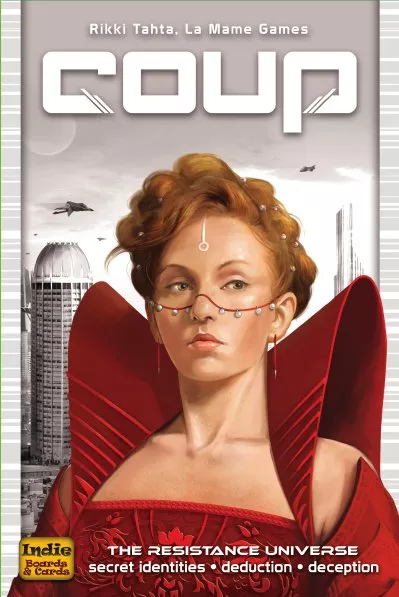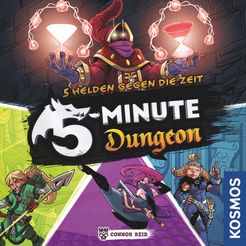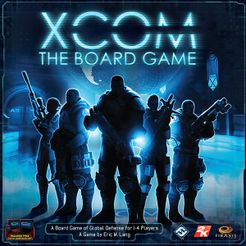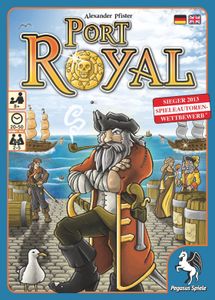Redcoat (1976)
Designer: Scott Berschig, Scotty Bowden
Publisher: Empire Games, Inc.
- Overview
- How to Play
- Videos
- Play Now
- Ratings & Comments
"The Bicentennial Wargame"
Redcoat was unique for its time in that it was designed to be a campaign game where the battles are fought out using miniatures. The game includes three booklets: Campaign Game, Miniatures Game, and Historical Analysis.
The Campaign Game is played on a map of the American colonies that is divided into regions. Each region is worth a number of victory points for the British player if they hold it. Holding a region requires a garrison whose size varies by region. For example, Massachussetts Bay requires a garrison of 4000 men; the Mohawk Valley requires a garrison of only 500 men. Regions also provide a number of Loyalists that can be recruited as Provincial units in the British army, Militia who fight as partisans against the British, and a variable number of Continental Army recruits.
Movement in the campaign is by area (Region). Americans move pretty freely, but the British forces can have some difficulty getting around. This represents the fact that the British found it hard to get their armies where they wanted them when they wanted them (for example, Gentleman Johnny Burgoyne's miserable time in upper New York in 1777). As the British move through areas, they trigger the arrival of loyalists and militia.
Campaign years are divided into four seasons (turns). The fourth season is winter, which prohibits any British units from moving while allowing American forces to move at a lower rate. However, winter also causes "winter attrition" among American Continental units.
American forces are created through Continental recruitment and militia (who appear as a result of British being in an area). British forces, except for Provincial units, arrive (and leave) according to their historical schedules. The French may intervene depending on whether the Americans can win a Major Victory.
Winning the campaign game for the British requires a long, slow haul of hanging on to sufficient regions (which generate victory points) from 1775 to 1783. Americans win the campaign game by winning Major Victories over the British or by holding out and denying the British their victory conditions.
The rules for the Miniatures Game are pretty standard for 1976, but compare very well to many current rules. The ground scale is 1" equals 15 yards. Time scale is 1 turn equals 15 minutes. Figure scale is variable; regulars are 1:30 while milita and Indians are 1:50.
The size of the playing area depends on the number of combatants in the campaign battle. The terrain set up for a battle depends on the size of the playing area and the Terrain Factor of the region where the battle is located. The defending player places the terrain in the playing area and the attacking player chooses which edge of the playing area he will deploy on.
Morale plays a large part in the game. British units tend to be very good, while American units are mostly average to poor. Battles can be a challenge for the Americans, but they can rely on their strengths in skirmishing and shooting--and avoiding British bayonet charges.
Leaders play a significant role in the game and are specified as Class I and Class II, who are named individuals, and Class III, who represent generic leaders. The rules offer ratings for different historical generals (Benedict Arnold is only rated once as an American).
Without being difficult, the rules add some nuances that bring out the flavor of 18th century warfare. Shooting is *very deadly* at point blank range (1"), but its effect attenuates dramatically as the range increases. Units that stand to receive a charge roll on a Volley Effectiveness Table to determine the range when they open fire. Poorer units will fire too soon and waste the potential destructiveness of the volley; better units can hold their fire on the attacker until they "see the whites of their eyes."
There are also some "chrome" rules like sappers, Indians, Night Attacks, and the "Simcoe/Tarelton Bugle Tactic."



